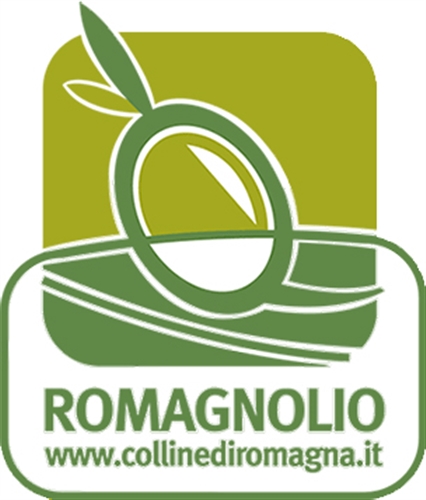COLLINE DI ROMAGNA DOP

In Romagna oil production is on the increase. Up to a while ago, it was not financially viable, but now that the European Community has decided to award D.O.P. (a recognition of quality) to our oil, producers will be able to make a good living. So it is not a coincidence that every year ten to twelve thousand olive trees are planted, adding to the ones already existing, some of which are centuries old.
The land in question is home to an important olive growing heritage, from a financial and rural point of view, even if the olive trees are concentrated in some particular areas. Most of the trees are to be found in the low and mid-hills. The mid-hills make up the innermost and central part of the land which is distinctive for its significant differences in height, generally varying between 200 and 400 metres above sea level. The low hills make up the most common example of land in the area and are distinguished by all the features to be found below 200 m.
In this area, olive tree growing, together with wine producing, is the only arboreal cultivation possible and employs farm workers who are laid off at certain times of the year.
According to statistics provided by the Emilia-Romagna region, the total surface area given to olive trees is around 1400 hectares with about 300,000 trees, 70% of which are in the province of Rimini, 20% in Forlì-Cesena and 10% in Ravenna.
The olives are milled in 25 local oil presses, spread out over the area as follows: 20 in the province of Rimini and 5 in the province of Forlì-Cesena.